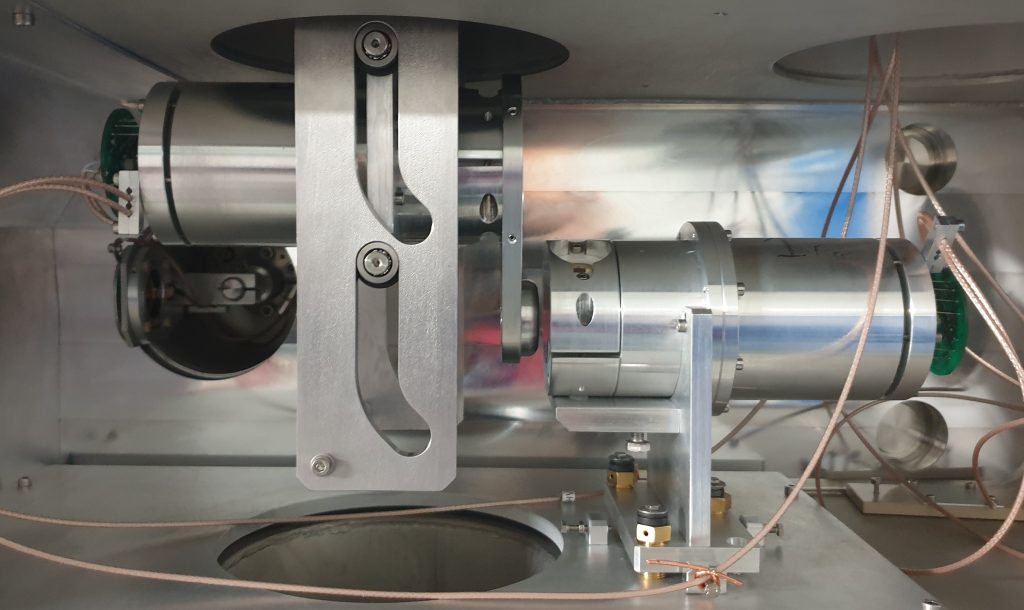Precision measurements in the beta decay of 6He
PhD defense
2023, nov. 21
Mohamad Kanafani
Precision measurements in β decay play an essential role in the search for new physics beyond the standard model (SM), by probing “exotic” phenomena such as scalar and tensor interactions in the electroweak sector. The existence of such interactions induces deviations on certain observables away from their SM predictions. The study of the full β-energy spectrum offers a sensitive property to probe these interactions.
The goal of this work is to perform the most precise measurement of the β-energy spectrum in 6He decay, in order to extract the Fierz interference term bGT with a precision in the order of 4.10-3. This term depends linearly on exotic coupling constants, allowing to search for or to constrain the presence of tensor interactions in nuclear β decay.
The main instrumental effect observed in previous measurements of the β-energy spectrum resides in the energy loss due to electrons backscattering outside the detector volume. A new technique is used to overcome this effect. It consists of using a very low energy beam of 6He+ ions (25 keV) deposited between two scintillation detectors forming a 4π calorimeter. The use of this technique ensures the deposition of the entire energy of the detected β particles. An experiment with this setup was performed at the Grand Accélérateur National d’Ions Lourds (GANIL) in 2021.
This thesis will introduce the general context of the b-STILED project, describe the experimental setup, report the most precise measurement of 6He half-life and the measurement of the shape of the β-energy spectrum with all the challenges that come with such a measurement, and provide preliminary results on the extraction of the Fierz interference term from the β-energy spectrum.
